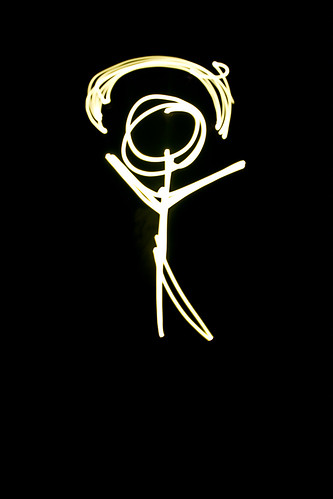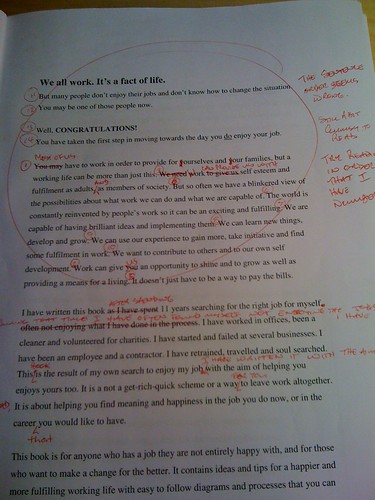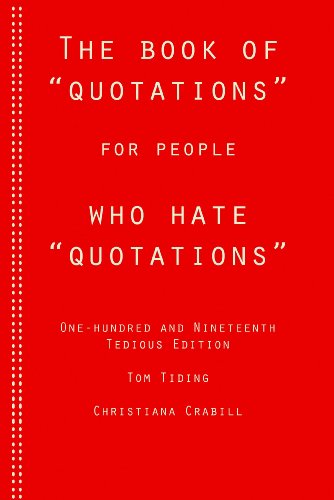Lisa Shafer's Confessions of an Average Half-Vampire
is a wholly wonderful story. You never quite know what you're going to
get with an indie book, but I confess that I was drawn into the tale
right away. Confessions is technically perfect and mistake-free, which makes it even easier to be completely mesmerized by the plot -- and I was.
 Eric,
the titular half-vampire, is a perfectly non-heroic hero. He's got all
the problems that come with being in middle school (like trying to
figure out what a girl really means with those confusing text messages
and finding ways to hide stuff from his too-clever mom), but he's also
got a pesky little genetic problem: he's a half-vampire. In Lisa's
world, vampires don't live in creepy castles and hunt for victims by
night -- they wait for cloudy evenings and matter-of-factly drink blood
to stay healthy. Eric goes to school, does his homework and plays piano
-- mostly ragtime and other peppy pieces.
Eric,
the titular half-vampire, is a perfectly non-heroic hero. He's got all
the problems that come with being in middle school (like trying to
figure out what a girl really means with those confusing text messages
and finding ways to hide stuff from his too-clever mom), but he's also
got a pesky little genetic problem: he's a half-vampire. In Lisa's
world, vampires don't live in creepy castles and hunt for victims by
night -- they wait for cloudy evenings and matter-of-factly drink blood
to stay healthy. Eric goes to school, does his homework and plays piano
-- mostly ragtime and other peppy pieces.
Lisa Shafer's vampires aren't created but born. All the garlic-waving and cross-holding in the world won't protect you from Eric...not that you'd really need it, anyway. This is definitely not just another vampire story. Confessions takes readers from a little town in Utah all the way to Scotland, where even the Old World vampires are bright, colorful characters who are perfectly normal...except for the blood thing, of course.
Confessions is a quick read and entertaining throughout. Eric makes mistakes, but he's got a good heart -- and completely shatters most of the wild myths that have turned vampires into horrible Halloween fantasies. I can't wait to re-visit Lisa's unique world in the upcoming sequel!

Lisa Shafer's vampires aren't created but born. All the garlic-waving and cross-holding in the world won't protect you from Eric...not that you'd really need it, anyway. This is definitely not just another vampire story. Confessions takes readers from a little town in Utah all the way to Scotland, where even the Old World vampires are bright, colorful characters who are perfectly normal...except for the blood thing, of course.
Confessions is a quick read and entertaining throughout. Eric makes mistakes, but he's got a good heart -- and completely shatters most of the wild myths that have turned vampires into horrible Halloween fantasies. I can't wait to re-visit Lisa's unique world in the upcoming sequel!




















